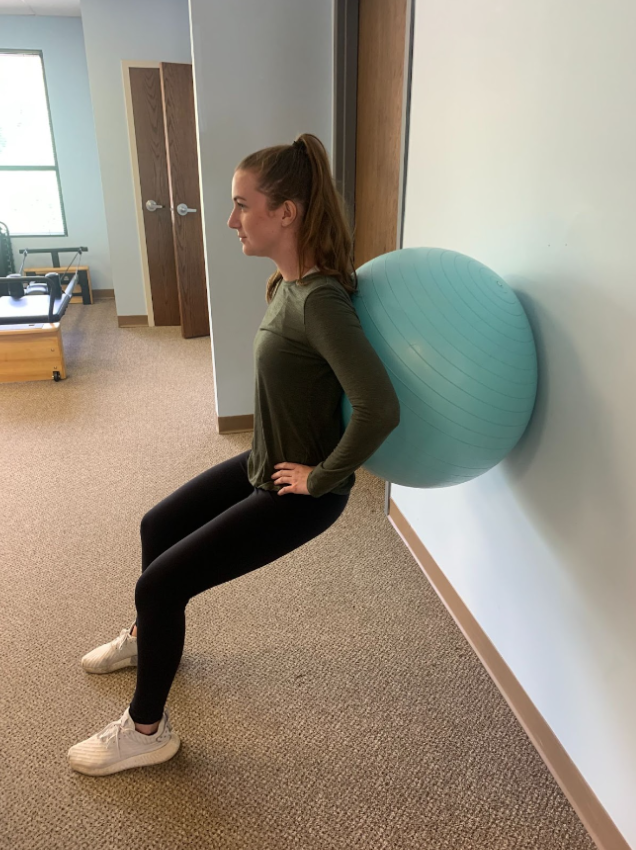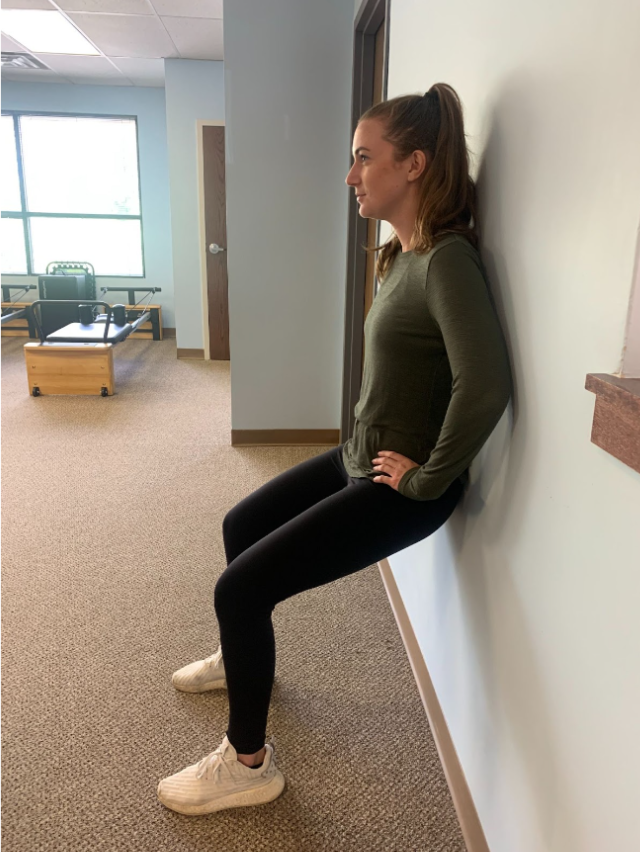Exercise Modifications for Pelvic Floor Issues
Can I exercise if I have pelvic floor issues?
The answer is YES!
As pelvic floor physical therapists, we get this question all the time and women want to learn exercise modifications for pelvic floor issues. Without proper modifications, women are scared and unsure of what to do during exercise because they don’t want to make their issues worse.
Physical activity is so, so important for both our physical and our mental health and our goal as physical therapists is to keep our patients as active as possible. In order to keep symptoms from worsening, the key is to modify specific exercises in order to protect your body.
Let’s go through some quick and easy exercise modifications for pelvic floor issues with common exercises that are great for anyone with leaking, prolapse, and pelvic pain. And the best part? You can incorporate these modifications into your exercise programs right away!!
Breathing
Okay yes this one isn’t really an exercise but it is so, so important and everyone, especially those of us with pelvic floor issues, should be incorporating breathing into EVERY exercise we do. If you are holding your breath, you are increasing the amount of pressure in your abdominal cavity which puts pressure on your abs and pelvic floor. This can worsen incontinence, prolapse and even DR.
The best way to control the amount of intra-abdominal pressure is to make sure you keep breathing throughout the whole exercise. If you are doing dynamic workouts like squats, exhale on the hard part (i.e. on the way up). If you feel like you have to hold your breath to keep doing the exercise, that means it is too hard and you need to modify it to make it more tolerable.
Jumping Jacks
This exercise can be a huge challenge for those with pelvic floor issues because it is high impact. In addition, your pelvic floor is lengthening as you jump out so it may have a harder staying clenched throughout this activity!
To take the extra load off of your pelvic floor, we want to take out the impact part. Instead, step one leg out at a time, without the jumping motion. Switch sides with each step, and keep your arms moving the whole time to maintain the cardiovascular benefits!
Planks
Planks can be challenging for a variety of postpartum women because they require your core (yes that includes your pelvic floor) to support all of your organs. If you have Diastasis Recti you may notice some coning (a bulge down the middle of your tummy) with planks, or you might notice some pelvic pressure.
If you have pelvic floor issues, perform this exercise on an incline on a stable piece of furniture (hint: the higher you are, the easier it will be). You can use this position for a variety of exercises too, including burpees, mountain climbers and push-ups! As you get stronger, you can lower the height until you are able to perform these exercises on the floor.
Squats
This is another tough one for people with leaking and prolapse! There are 2 easy ways to modify a squat to protect your pelvic floor. One way is to perform your squats at a wall to provide some extra support (tip: use a stability ball if you have one). You can also decrease the depth of your squats and perform more of a mini squat. If you prefer this option, only go through
a range of motion where you are symptom free!
Next time you want to break a sweat and get your blood pumping, try out these exercise modifications for pelvic floor issues. It’s okay to still move and exercise even if you have a pelvic floor issue! Remember, movement is good for us! With these modifications, you can feel confident that you aren’t “making things worse”.





